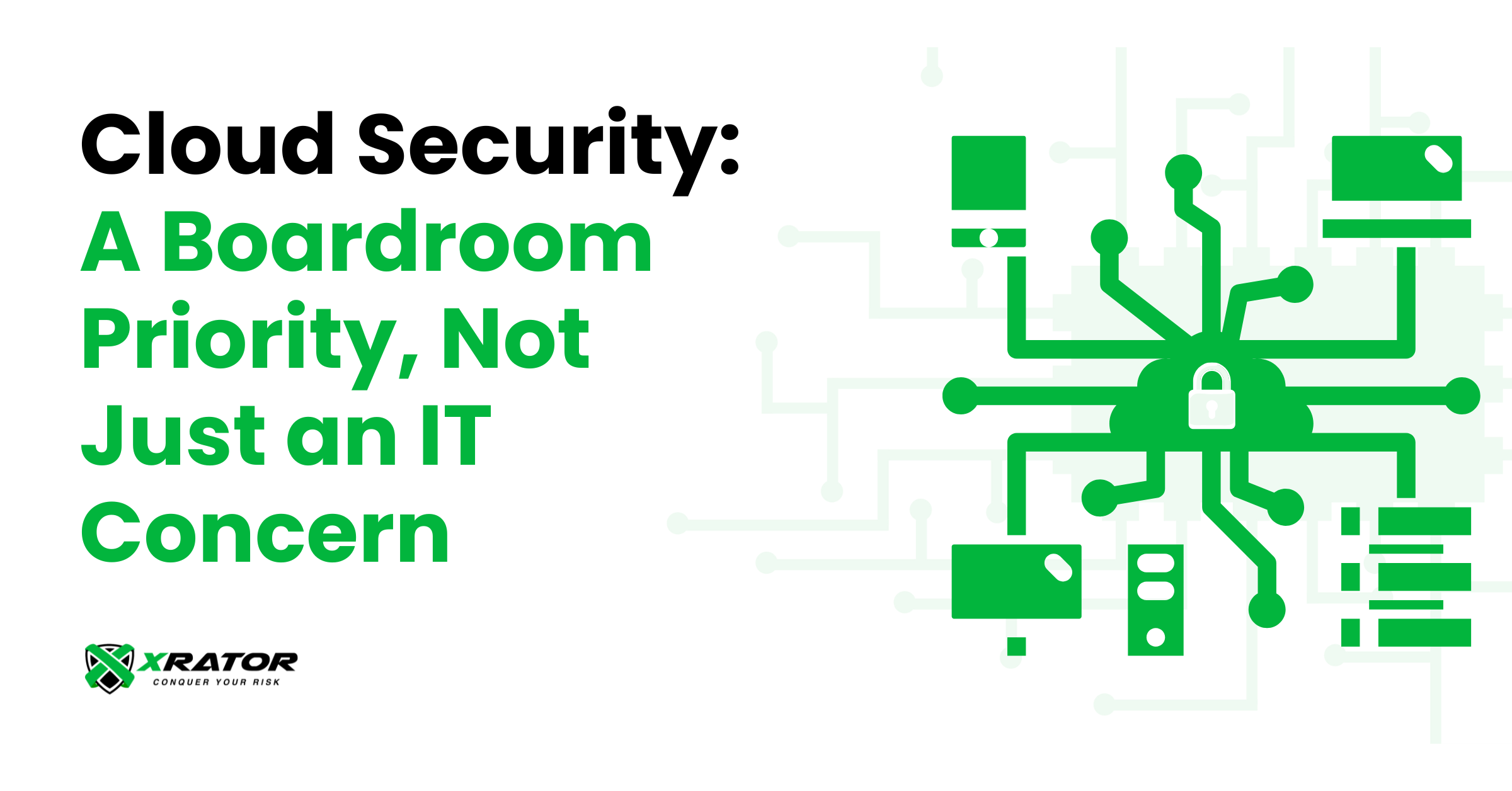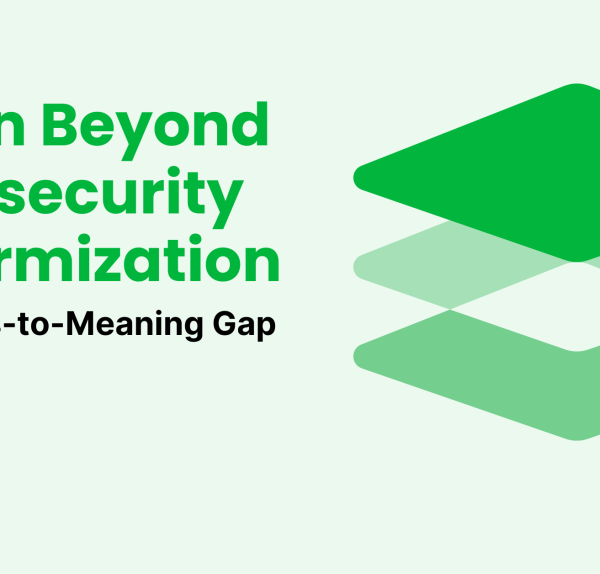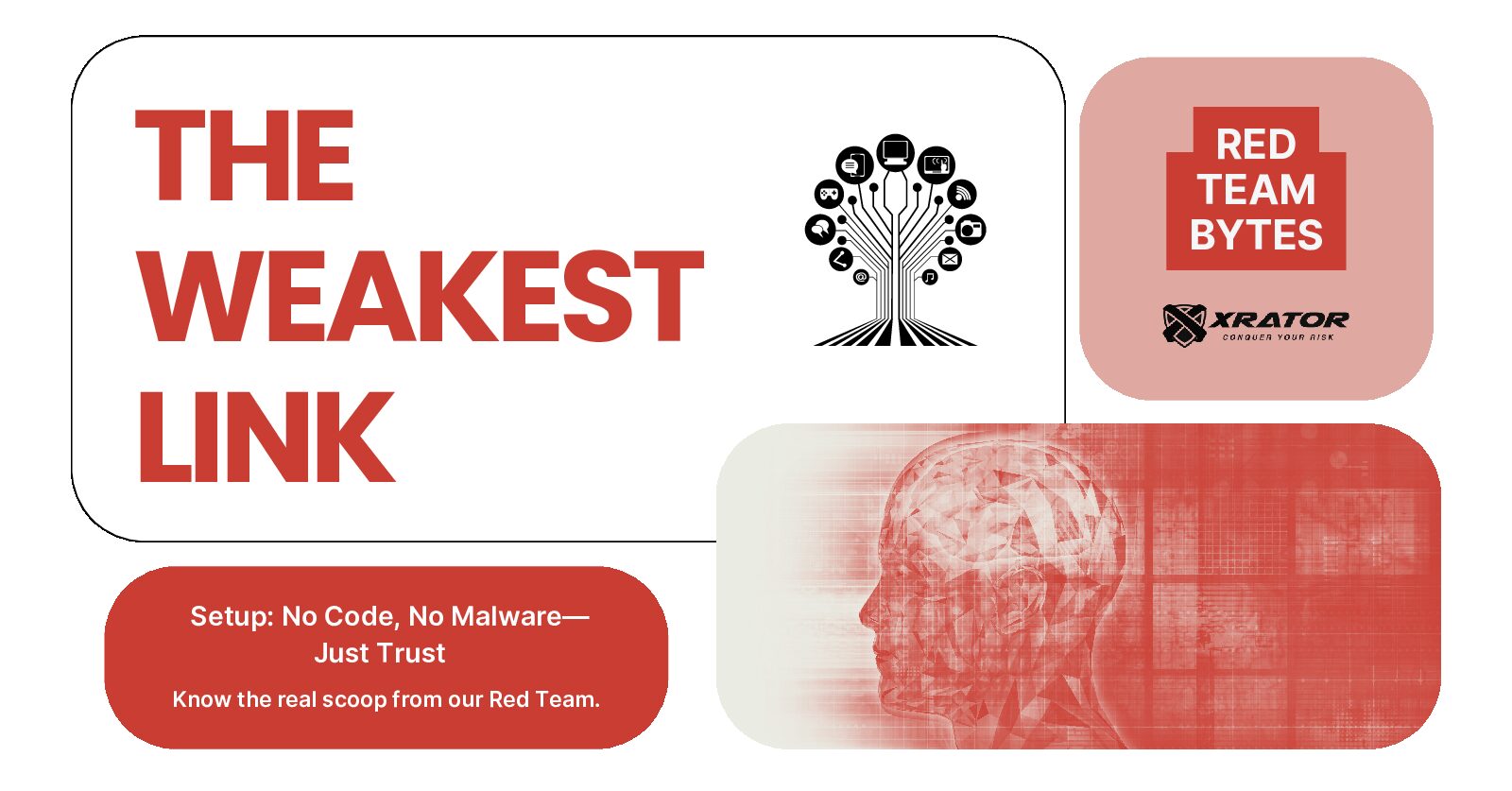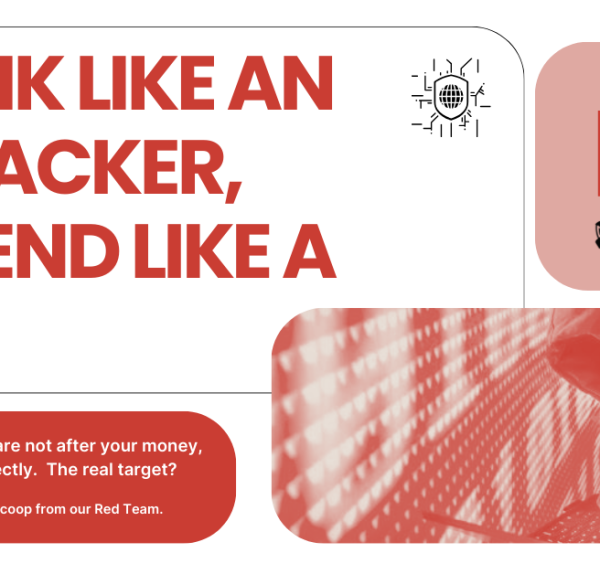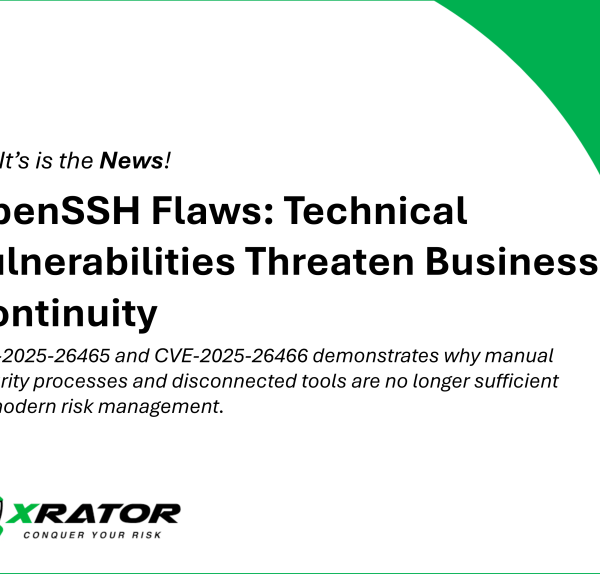How much would it cost your company if hackers stole $1.4 billion overnight?
This isn’t a hypothetical scenario. It just happened to Bybit.
Here’s what makes this attack particularly alarming: Bybit’s own security wasn’t breached. Instead, hackers exploited vulnerabilities in Safe{Wallet}, a third-party provider that hosted its infrastructure on AWS. The attackers injected malicious code, which sat undetected for two days before it was triggered, rerouting funds to attacker-controlled wallets.
This is the new reality of cloud security. Even if your company follows best practices, you can still be exposed—not because of your own mistakes, but because of your weakest vendor.
For executives, this raises a critical question: How do you ensure security beyond your own organization? The answer starts with redefining security as a business imperative, not just an IT concern.
The Shared Responsibility Model: A Leadership Blind Spot?
Cloud security is not just about technical controls; it’s about clear ownership. Many leaders assume that if they are using AWS, Azure, or Google Cloud, security is handled. But the Shared Responsibility Model says otherwise:
- Cloud providers (AWS, Azure, Google) secure infrastructure—servers, storage, networking.
- Your company is responsible for everything inside the cloud—data, applications, access controls, configurations.
- Third-party vendors (SaaS, fintech, cloud tools) introduce supply chain risk that you are ultimately accountable for.
When these boundaries aren’t clear, gaps form. Hackers exploit those gaps.
A Wake-Up Call: The Bybit Hack & What It Means for Executives
The $1.4 billion Bybit hack is a textbook example of how security responsibility can fail across multiple layers.
- Bybit’s own infrastructure wasn’t breached.
- Hackers injected malicious JavaScript into Safe{Wallet}, a third-party provider that hosted its infrastructure on AWS S3 buckets.
- The malicious code sat undetected for two days before it was triggered when Bybit processed a transaction.
- Once activated, the code rerouted funds to attacker-controlled wallets.
The takeaway? Even though Bybit followed security best practices, it still paid the price because of a vendor’s oversight.
The C-Suite’s Role in Cloud Security: From Oversight to Ownership
Security shouldn’t just be a compliance function—it should be a strategic enabler.
Executives don’t need to configure firewalls, but they do need to ensure cloud security is actively managed at every level of the business.
Instead of asking “Are we secure?” the better question is:
- “Who in our organization owns cloud security—beyond IT?”
- “Which vendors have access to our cloud, and how do they secure their own environments?”
- “How do we ensure security is a continuous process, not a once-a-year audit?”
These aren’t technical questions. These are business resilience questions.
Case Study: Securing a Fortune 500 Company’s Cloud Ecosystem
One of XRATOR’s largest clients, a Fortune 500 company, faced a common but dangerous challenge:
- Multiple business units deploying workloads across AWS and Azure—without standardized security controls.
- Over-permissioned users, leading to potential privilege abuse.
- No real-time visibility into misconfigurations, leaving blind spots in cloud security.
This isn’t unique. Many large enterprises face the same struggle.
How XRATOR Solved It
- Deployed CISO-as-a-Service, aligning cloud security with business objectives.
- Standardized security frameworks across all business units, ensuring consistency.
- Implemented real-time monitoring, catching misconfigurations before they became vulnerabilities.
- Optimized identity & access management, reducing excessive permissions that hackers could exploit.
The Business Impact:
- Misconfigurations reduced by 90% within six months.
- Regulatory compliance streamlined, reducing audit complexity.
- Board-level security visibility improved with real-time reporting.
The difference between “we think we’re secure” and “we know we’re secure” comes down to continuous oversight, clear accountability, and real-time risk intelligence.
Three Leadership Moves to Strengthen Cloud Security
Security in the cloud isn’t just about deploying the right tools; it requires executive-level commitment, clear ownership, and a culture of accountability across the organization. Leaders who prioritize security at a strategic level ensure their businesses remain resilient, compliant, and competitive in an evolving threat landscape. Below are three critical actions that leadership teams should focus on to strengthen their cloud security posture.
1. Security Isn’t a Cost—It’s a Competitive Advantage
For too long, security has been viewed as an operational cost rather than a strategic investment. However, companies that integrate security into their business strategy gain a significant market advantage. Beyond preventing breaches, strong security practices foster customer trust, regulatory confidence, and investor assurance. In industries where reputation is everything, demonstrating robust cloud security can be a key differentiator that enhances brand equity and reduces the financial impact of security incidents.
Companies that integrate security into their business strategy build stronger customer trust, regulatory standing, and operational resilience.
2. Treat Third-Party Security Like Your Own
The Bybit incident made it clear: even if your internal security is airtight, a weak vendor can compromise everything, leading to severe financial and reputational consequences. Organizations must treat vendor security with the same scrutiny as their own infrastructure.
This means establishing clear security expectations, conducting thorough risk assessments, and holding third parties accountable. Contracts should include specific security clauses, vendors must undergo regular security audits, and organizations must maintain continuous oversight to prevent supply chain vulnerabilities from becoming a company-wide crisis.
If a vendor fails, your business pays the price. Leading organizations conduct regular security assessments of all third-party providers.
3. Invest in Continuous Security, Not One-Time Compliance
Static, point-in-time security assessments are no longer enough. Cyber threats evolve in real-time, making it essential for security strategies to remain adaptive and proactive. Organizations must shift from a checklist-based compliance mindset to continuous security monitoring and proactive risk management.
By leveraging automated security posture management, AI-driven threat detection, and real-time visibility tools, businesses can stay ahead of emerging threats rather than reacting after damage is done. Companies that embed security into their daily operations will be the ones best positioned to scale confidently and securely in a cloud-first world.
Bybit’s hack went undetected for two days. The companies best positioned for long-term success treat security as an ongoing process and not a once-a-year audit.
Searce Leadership Comment – Harish Reddy, Director – Cloud Managed Services
“At Searce, we transform cloud security from a regulatory burden into a competitive advantage. We work with organizations across the spectrum, from agile startups to global enterprises, enabling businesses to innovate with confidence in the cloud. Security excellence extends beyond technological solutions. It requires seamless alignment with organizations’ business vision and builds resilience against evolving threats. Our architecture-first approach embeds security into the foundation, adapting as the business grows. This methodology converts traditional security expenses into powerful investments that deliver quantifiable business results and accelerate the technological journey.”
XRATOR Leadership Comment – François Moerman, Chief Executive Officer
“At XRATOR, we’ve always championed a proactive approach to cloud security. Security should be embedded in every layer of cloud adoption—from vendor assessments to real-time risk detection. Our CISO-as-a-Service model helps businesses navigate complex security challenges while ensuring executive alignment with long-term business goals.”
Final Takeaway: Security is a Leadership Issue, Not Just an IT Concern
The companies that lead in cloud security will lead in business.
Organizations that wait until a breach forces change risk severe financial losses, reputational damage, and regulatory consequences.
For executives, the question is no longer “Do we have cloud security?”—it’s “How do we ensure security is continuously evolving to meet the speed of business?”
Because in today’s cloud-first world, security isn’t just about stopping attacks—it’s about ensuring trust, resilience, and competitive strength.

